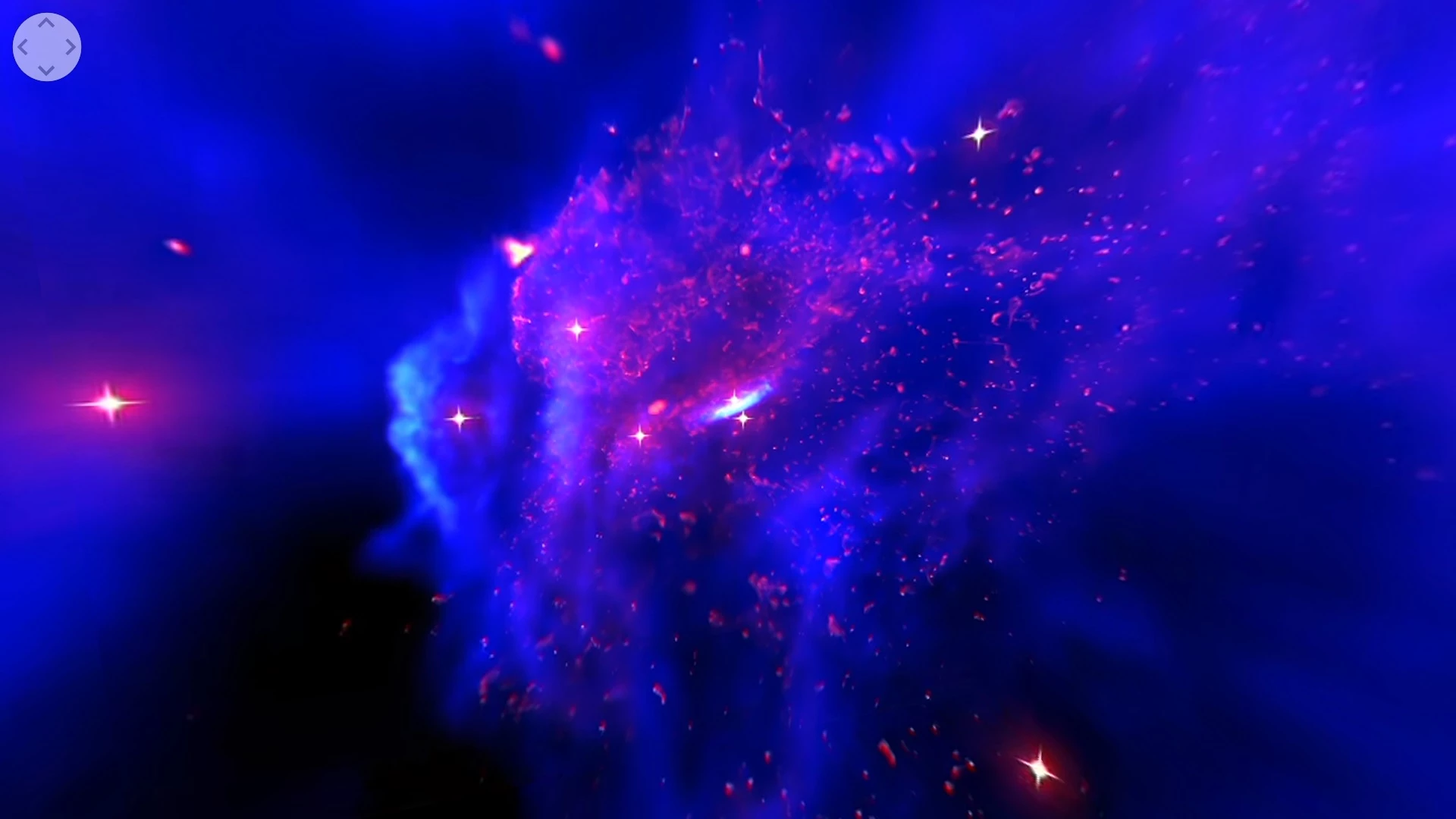A new NASA VR experience is letting viewers explore the chaotic heart of our galaxy from the perspective of the supermassive black hole lurking at its heart, Sagittarius A*. The ultra-high-definition video was created from a combination of supercomputer simulations and data collected by the agency's Chandra X-ray Observatory.
Sagittarius A*, or Sgr A* for short, is a monster of a black hole. With a mass the equivalent to about four million suns, it is a true gravitational heavyweight, capable of hurling entire stars out of the Milky Way at phenomenal speeds, or simply ripping them apart and devouring the spaghettified remains.
Understanding these giants and how they interact with the matter around them is an important step towards unlocking the secrets of how galaxies form and evolve into the magnificent specimens that we observe today.
The new NASA video gives viewers the chance to step into shoes of Sgr A*, look around, and observe the dynamic environment within just a few light years of the supermassive black hole, which is populated by enormous stars and clouds of swirling cosmic gas.
Blue and cyan colors represent X-ray emissions from clouds of hot gas, while red marks more dense pockets of cooler gas. Yellow regions are cooler and denser still.
As gas approaches a black hole, it will begin to spiral around it and accelerate. This can be seen in the video. Early on, clouds of X-ray emitting gas can be seen moving slowly towards the viewer, before accelerating and circling Sgr A* at high speed.
In other parts of the video, material blowing off of the surface of the massive stellar bodies surrounding the viewer can be seen colliding. This results in a bright X-ray flash that quickly subsides as the simulated gas cools down.
Further away, fast moving stellar winds collide and produce X-rays, the like of which are picked up by the Chandra X-ray Observatory, which is currently exploring the cosmos as it travels along an elliptical orbit around our planet.
The lattermost section of the video shows what would happen if an outburst from gas close to Sgr A* were to push back the surrounding matter, causing it to collide with more distant clouds of gas. This pile-up would emit copious amounts of X-ray light, however this would soon fade as normality and solar winds reassert their influences.
The new video compliments an earlier VR experience, that showed viewers how dense clumps of mass stream towards the voracious supermassive black hole lurking at the heart of our galaxy.
The video below is best experienced using a VR headset, such as the Samsung Gear VR or Google Cardboard, however it can also be enjoyed on a laptop or smartphone using the YouTube app.
Source: NASA




